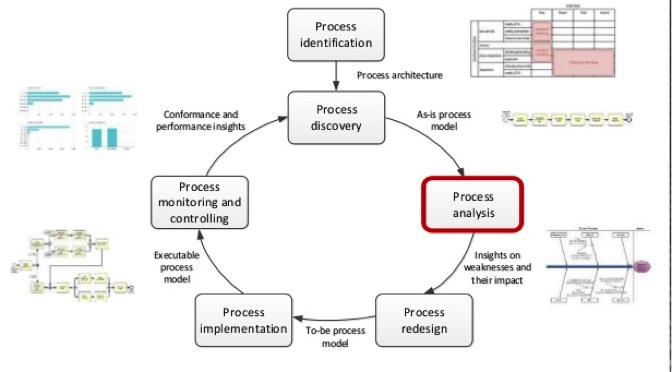Faster change and more disruption are putting pressure on businesses. As a result, business transformation leaders are required to constantly change business operations to activate new business models, but they simply can’t keep up.
“Success means becoming an adaptive organization, and few leaders recognize that business process management (BPM) can help them achieve the adaptability they seek,” said Samantha Searle, senior research analyst at Gartner.
Business transformation, increasingly triggered by the impact of emerging technologies, such as the Internet of Things and smart machines, requires a “fail fast” culture, and a means of rapidly prototyping new ideas, characterized by the fast Mode 2 approach of bimodal IT.
BPM can deliver this level of agility to business operations in combination with other disciplines, such as enterprise architecture, analytics, project and portfolio management, and organizational change. Organizations adopting BPM are much more likely to achieve their desired business outcomes.
However, the majority of organizations don’t have the right capabilities in place to provide this agility. According to Gartner’s BPM maturity model assessment, 75 percent of organizations are still in the midst of standardizing and automating processes.
“These organizations often neglect to identify the new business outcomes that processes should support,” Ms. Searle said. “As a result, they are inclined to standardize and automate processes everywhere, believing that this is sufficient when really it is only the first step. There could be a valid business reason for an exception, or a need to reinvent a process.”
The remaining 25 percent of organizations recognize the need to distinguish between the processes that require further differentiation or innovation. For example, there is no need to differentiate how you pay employees — a standardized process will do — but some exceptions may be required to comply with local law. Instead, product-related, and customer-facing, processes should be differentiated to accommodate various product types and serve specific customer demographics.
“These leading 25 percent of organizations succeed because they know what business outcomes they need to achieve over the next few years, in order to remain competitive,” added Ms. Searle. “While they know standardization and automation are an important first step, they recognize the need to differentiate and innovate where appropriate. Their focus is on gaining the capabilities they need to adapt to change, whether they strive to become a digital business within five years or aim to deliver an outstanding customer experience.”
Organizations can prepare themselves to build the right level of adaptability by:
- Clarifying the business outcomes they need to achieve in the next three to five years
- Determining the kind of processes they need to successfully drive these outcomes
- Defining the BPM projects they will need to standardize or reinvent these processes
- Identifying their current level of BPM maturity and the level of BPM maturity required for each given project
- Assessing which capabilities they lack and developing a roadmap for implementing them
Success in a digital age also requires rethinking how you define process. In a constantly changing environment, static and routine processes will not suffice. Processes are merely ways of coordinating people, their skills, capabilities and behavior with other people, systems and resources to drive the right business outcomes. BPM offers a way of engaging and empowering employees to reinvent how work is performed to drive better outcomes for customers.
Many organizations are hastily embarking on ambitious business transformations without checking to see if they have the capabilities in place to succeed. Don’t be one of them. Instead:
- First, clarify what capabilities are required to enhance the value to different organizational stakeholders.
- Second, determine what activities are needed to create the products, services and information necessary to deliver.
- Third, evaluate your BPM maturity to identify any missing capabilities to ensure your organization is well-prepared to embrace transformation.
Original article by the Gartner can be found here:
https://www.gartner.com/smarterwithgartner/bpm-is-critical-to-business-transformation-success/








Leave a Reply
You must belogged in to post a comment.